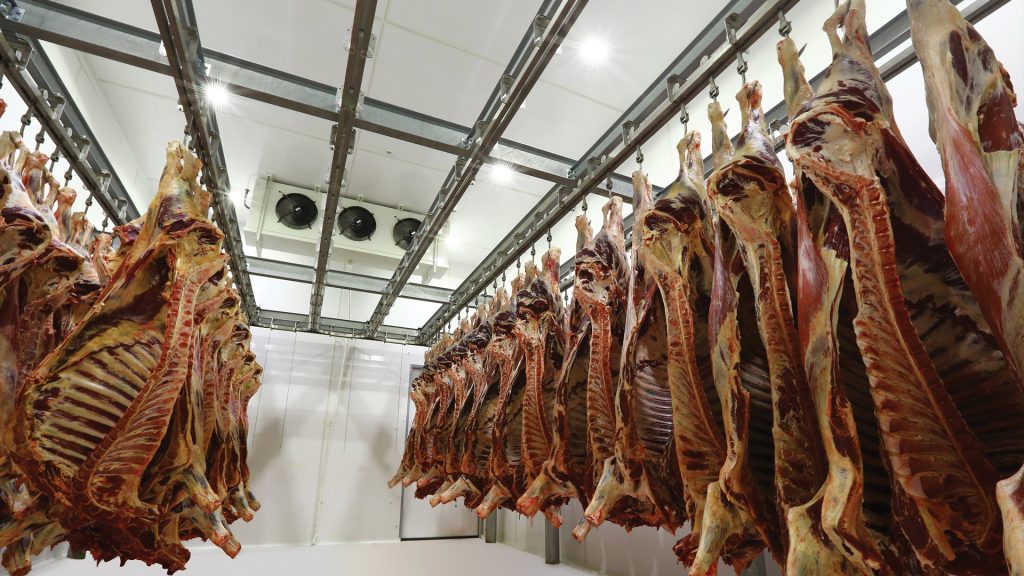Measures for further processing of meat obtained by slaughtering animals in slaughterhouse cooling systems are a complex and multi-stage process. Technologies enable the use of special equipment containing units for cooling, storage and preservation of carcasses. Modern machines and processing lines make it possible to organize almost waste-free production with recycling of by-product raw materials. As a rule, livestock slaughterhouse equipment is used to complement the used warehouse areas.
Small meat processing enterprises often cannot afford the supply of full-fledged units designed to complete each processing cycle with high efficiency. In such cases, the primary processing complex becomes the best option. In such complexes the machines by which meat is organized are concentrated. This type of equipment provides a complete recycling cycle. Again, the function of the machines is performed with the expectation of minimizing costs through the use of waste-free technologies. In other words, the business disposes of all secondary products.



